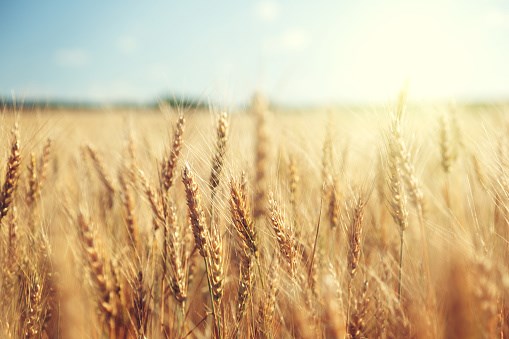The Government of Saskatchewan declared October as Agriculture Month to take "time to celebrate the agriculture industry and encourage consumers to learn more about the world-class, environmentally sustainable products produced right here in our own province and to focus on farmers giving back to the communities they belong to, as well as highlight the great food they grow in the province."
It was followed by the report that Saskatchewan led Canada in export growth. Statistics Canada stated that "merchandise exports increased by 54.7 per cent in August 2022 compared to August 2021, ranking first among the provinces."
On the report, Saskatchewan's Trade and Export Development Minister Jeremy Harrison said. "Today, in a world where energy and food security are a leading concern, Saskatchewan is confidently playing its part as a critical, indispensable supplier of food, fuel, fertilizer and technology. These latest merchandise export numbers show that exports remain a crucial part of Saskatchewan's current and future economic strength."
To grow that current and future economic strength for Saskatchewan, is agribusiness with the current global food crisis, requiring, in part, a [novel, digital] food security insurance as a solution, in several affected countries, where many of the citizens are among the 3 billion in the world who can't afford a healthy diet.
There are lots of suggestions against the crisis, amid the war in Ukraine, drought, global hunger, inflation and other challenges, but some are complicated given that in some developing countries dominated by rural households, it might be difficult to effect changes for them consistently with externally dependent interventions.
So, in what ways will it be possible to have something they can do for themselves, to self-sustain regardless of internal and external uncertainties, for their food security, food sufficiency and food sovereignty?
This crisis is an agribusiness opportunity for stakeholders in Saskatchewan, the “world’s largest exporter of peas, lentils, durum wheat, mustard seed, canola, flax seed and oats. Recognized worldwide for the quality of its crops, it is also the second largest cattle-producing province in Canada.”
Stakeholders can provide an international food sufficiency digital insurance product that those in the countries would buy, so that most of the profits will go on to subsidize agricultural necessities for farmers of one or two crops of their staple foods.
There are common agricultural necessities, land, seeds, irrigation, fertilizers, farm machinery, pesticides and transport to market. Subsidizing one or more of these for farmers of one or two crops of their staple foods would be important in providing food security in the country or region so that no matter how poor anyone is, or the local or external crisis, there is something to afford on the cheap.
Already, most farmers have land, but lack one or more other necessities, so which ones would be the most helpful, if immensely subsidized to bring down the price of one or two crops by a large percentage in the market?
This can be worked out locally, though for some of the countries with water insecurity, water could be a bifacial solution, solving irrigation and providing clean water, so massive bore-hole projects can be done with some of the subsidy.
Also, for some places with disparities in food prices in north and south, transport or logistics pooling can be made with trucks or buses travelling either direction, with spaces for extra cargo.
There can also be explorations of new angles of shared farm machinery with scheduling to benefit multiple farmers in the same season.
In most countries, there is a good permeation of mobile network, as people have smartphones and feature phones. Some countries also have microinsurance and microfinance programs and several other adaptations of the network aside basic communication.
It is possible to add this food security insurance to it, in a way that would connect to existing programs, depending on which one is dominant, so they buy the insurance, to make them eligible, first, to win some food items—regionally or nationally.
Those who don’t win will use their insurance ID to buy food items for cheap, since most of the profit will go into subsidy for one or two agricultural necessities for farmers of one or two crops.
The arrangement of the model can be done with local farmers association, so that neighboring countries have their own to avoid extractions from the border. The food security digital insurance can also be hierarchical, so that there is a general cheap level, but there are others to benefit those who buy at higher premiums—though the amounts will be super low.
Except for food items or agricultural needs that can be provided from Saskatchewan, most of the sources would be local, including the projects. The next level of global agribusiness for Saskatchewan could be the ability to organize food security for others, in this opportunity to lead the world and effect sustainable development.
The views and opinions expressed in this article are those of the author, and do not necessarily reflect the position of this publication.




